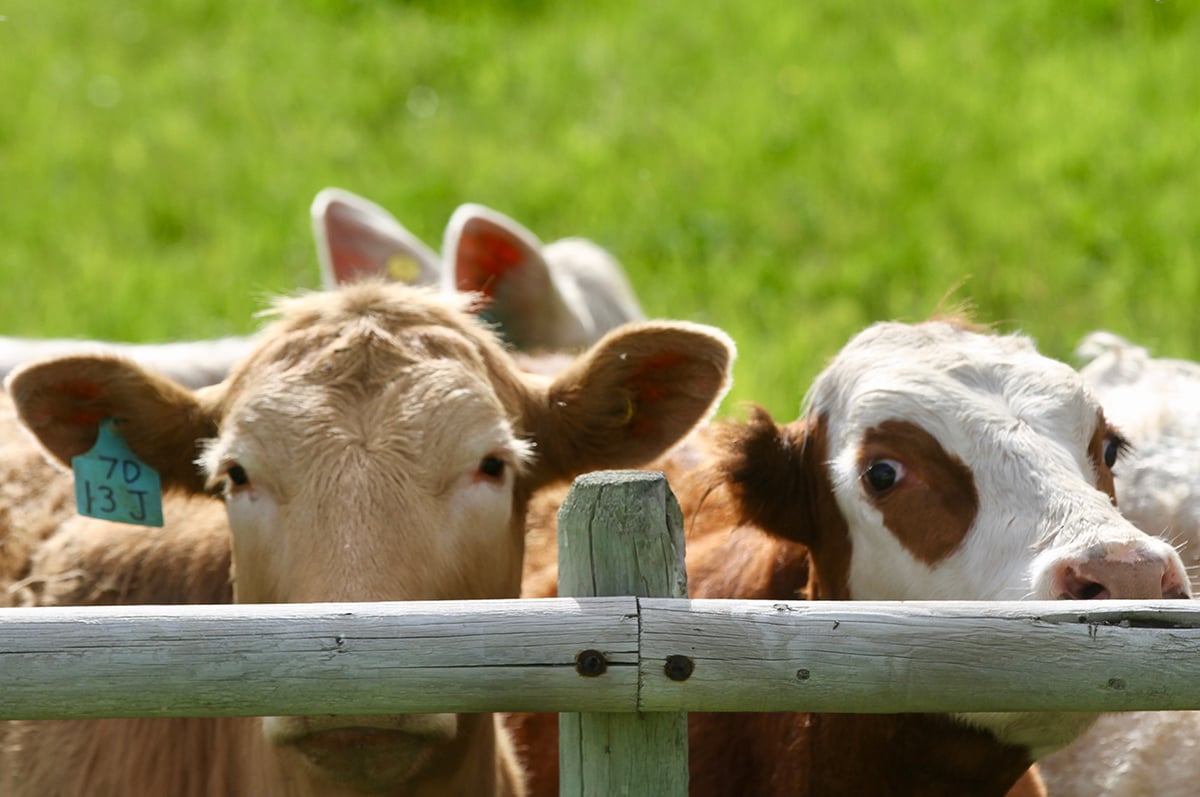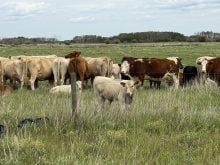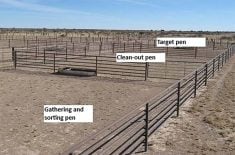HIGH RIVER, Alta. – A weak Canadian dollar may favour agricultural
exports, but the downside is a lower standard of living and fewer
Canadians who can afford the best meat Canadian farmers produce.
“People think the cheap dollar has really allowed us to enhance our
income levels in the cattle or in agriculture,” Garnett Altwasser,
president of the IBP-Lakeside packing plant in Brooks, Alta., said last
month at a Western Stock Growers Association meeting.
“(But) the currency is the stock certificate of the country and I don’t
Read Also

Feeder market consolidates at historic highs
For the week ending Sept. 6, Western Canadian feeder cattle markets were relatively unchanged compared to seven days earlier.
know how many people want to see their stock go down.”
He said a 63 cent dollar diminishes Canada’s standard of living and
leaves consumers here less affluent than Americans.
With less disposable income, he added, Canadians are more likely to
select a hamburger than a filet mignon. About half the beef consumed in
Canada is ground meat.
The beef plant in Brooks processes half of Alberta’s beef and 34
percent of Canadian production.
IBP ships 150 loads of beef a week to the United States, with one load
equalling 40,000 pounds. The company also produces a load of filet
mignon every day, worth $250,000. Most goes south to high-end
restaurants and retail outlets because Canadians cannot afford them.
“That’s a high-priced food service product,” he said. “Our people eat
cheaper product.”
As past-president of the Canadian Meat Council, Altwasser worries that
this large trade imbalance is not sustainable. The business would be in
serious trouble if a trade challenge or disease shut down the border.
“We are subject to the whims and fancies that are going on in the
United States,” he said.
At the same time, Canada also imports considerable amounts of beef.
“A third of the beef that is eaten in this country is imported.”
Canada imports equal amounts of beef from the U.S., Australia and New
Zealand. In the past, most imported beef was a lean product for
processed meat blends.
“That is changing,” he said. “A significant amount of the increase,
about 40,000 tonnes, is coming in as cuts.”
Most ends up in food service or branded beef programs. Quality and
prices are acceptable and no one has objected.
Anne Dunford, senior market analyst with Canfax, said Canada’s meat
supply is growing. A high percentage of females are going to slaughter
rather than staying in the breeding herd.
About 900,000 cows have been slaughtered this year. The last times such
cull rates happened were 1985 and 1996. The high cow slaughter is
helping push beef production to record levels – 3.55 billion lb. in
2001 and about 3.5 billion lb. this year.
Canadians eat about 2.2 billion lb. per year and the rest is exported.
“We had record cattle prices in 2001 in the same year we had record
beef production in the same year we had record imports,” Dunford told
the stock growers.
This year, things are different. The price of finished animals and cows
has been low. Cows, which end up in the ground beef market, have earned
as low as the mid $40s per hundredweight. The trimming price, which is
grinding meat, has been well under normal levels.
Middle meat values have also been struggling and didn’t have the
typical spring and early summer rally during barbecue season.
Ironically, beef demand, a measurement that considers volume and price,
grew nine percent, but consumption was flat at around 50 lb. per
capita.
While weak prices for live finished cattle plunged feedlots into a
period of record losses, retail beef prices have set records for the
last two years.
The average retail price of beef has been about $5 per pound, but the
average beef producer hasn’t seen the benefit, Dunford said.
Wholesale beef prices tend to correlate closely to fed prices. But
there is little correlation between prices for fed cattle and the
retail meat price.
“Where you start to see that gap show up is when you take it from the
wholesale to the retail price,” Dunford said.















